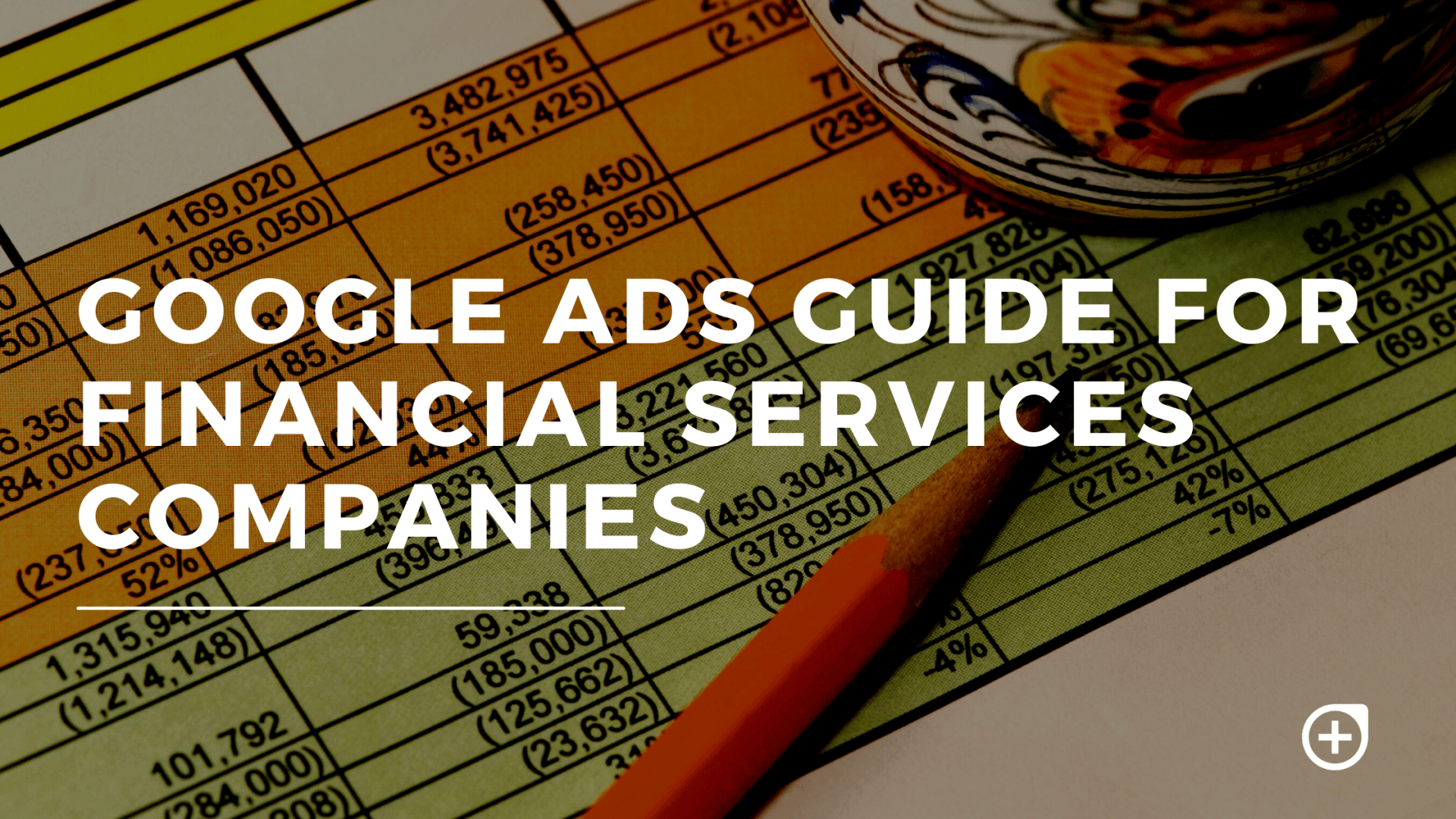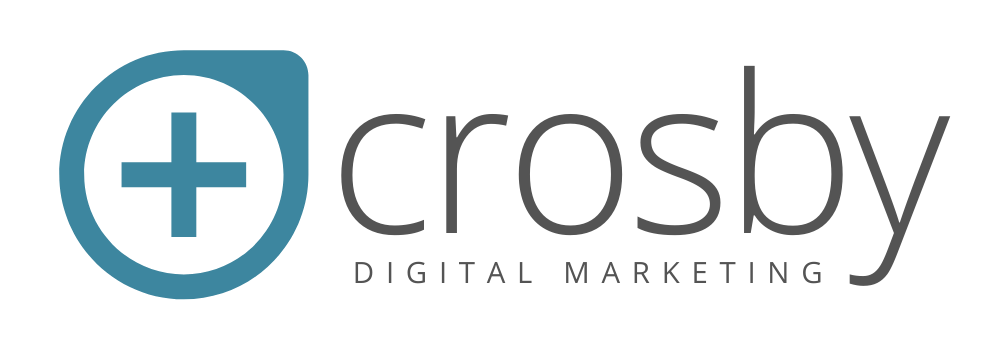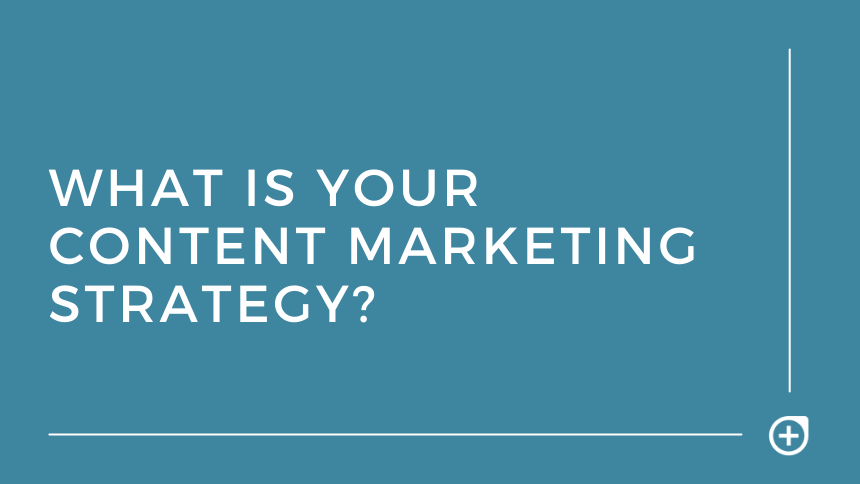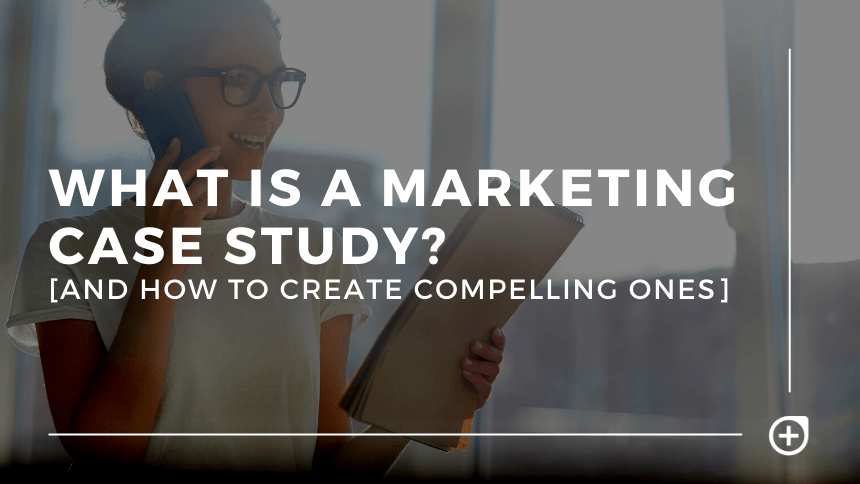Google Ads Guide for Financial Services Companies

Are you looking for proven ways to find new business online as we head into 2022? If you’ve never used Google Ads to promote your business, you’re in for a treat. People are looking online for your services, and most searches take place on Google. By running a quality Google Ads campaign, you can promote your business where potential customers are looking for your services.
Crosby Digital Marketing helps financial service businesses build and manage Google Ads campaigns that drive high-quality traffic and leads to your website.
Google Ads is a Tool for Accounting, Bookkeeping, and Financial Planning Businesses
The best part about Google Ads is that small financial firms can compete with national companies in the Google search results. This is a game-changer for local companies who previously didn’t have the budget or reach to compete.
I’ve managed accounts for companies spending $20k/month on Google Ads and accounts for companies spending $300/month. They both work when set up and managed properly. Google Ads works for small and large businesses alike and allows small businesses a seat at the table.
Below is a list of 10 tactics you can use to set up and manage a competitive Google Ads account to drive qualified traffic to your website.
1. Define a Goal for Your Google Ads Campaign
Step 1 in starting any marketing or advertising campaign is to define the goals and strategic parameters of your upcoming campaign. Ask yourself these questions:
- What service are you trying to sell?
- Who is your customer? (i.e., Who is your target audience?)
- How much money do you have to spend each month?
- How much is a new lead worth to you?
- Do you have business operations in place to manage new business? (i.e., Will someone answer the phone when the leads start to roll in?)
Any Google Ads Manager should be asking these questions before launching a new campaign. You have to know what you’re selling, how much you can spend, and how you will handle new leads, or your campaign will lack focus and execution.
2. Define a Campaign Structure and Keyword List for Google Ads
Once you’ve defined your campaign goals, it’s time to build out a campaign structure. I do this by mapping out my ad groups. Within a campaign, ad groups serve as segments of the campaign. You can base segments on different products or services, different audiences, or just groupings of similar keywords and ads.
For example, an accountant may have several services that they can divide into different ad groups: Billing and Accounts Payable, Financial Statements, and Audit Preparation. Break down service lines into ad groups under a broad “accounting services” campaign. I find it easiest to create a spreadsheet with a column for each ad group. Under the accounts payable column, start listing out broad terms that are related to accounts payable, such as “accounts payable,” “accounts payable services,” and “accounts payable company.” Then move on and do the same for the other ad groups. Next, go to Google and search for some of these phrases. Scroll down to the very bottom of the search page, and you’ll see similar searches listed.. These are valuable keywords that people search. Add any relevant terms that stand out to your keyword spreadsheet.
Once you have 5 to 10 keywords for each ad group, you’re ready to add them to your ad groups in the Google Ads system.
When building a keyword list another thing to keep in mind is search intent. Would someone searching for these keywords be looking for your services and ready to pay money for your professional help? It may seem obvious, but don’t add search terms related to DIY or “how to.” The people searching for these aren’t ready to pay for your services yet, so you don’t want to waste your budget on these searches and clicks.
3. Write Quality Ads
Ads are the first thing you see on Google because they’re at the top of the page, and your ads are potentially the first thing your client will notice about your company. Make sure they’re good! Ads should be straightforward. You’ll learn quickly that you only have a small amount of space to sell your services in a Google Ad, and most people only read the main headline before they choose to click or move on. Tell what you offer and how you do it better than your competitors.
Google Ads is moving towards AI-driven campaigns every day. They’re getting rid of standard ads in mid-2022 and moving towards Responsive Search Ads as the primary text ad for search campaigns. You input 15 headlines and four descriptions, and Google Ads pick the best options to show the searchers. Write a good mix of quality headlines to allow Google plenty of variations to display.
4. Update Website and Landing Page Content
Your web page or landing page needs to provide relevant information to the searcher. Google uses your landing page content as a ranking factor for the quality score of your ads. If the page content isn’t relevant to your ads, your quality score will be low, and you’ll pay more than you need to for clicks. Also, if someone lands on your website after clicking on an ad and the landing page isn’t relevant to the ad, they will click the back button and head back to find another company. (This wastes money!) So make sure that your landing page only shows relevant content to what you’re trying to sell and what is relevant to the ads.
You need to provide information about your services, your financial team, showcase reviews, and offer easy ways for potential customers to learn more about you and your firm. There are probably a dozen competitors who provide the same services in your area, so showcase what makes you different.
5. Set up Calls to Action on your Website
Your landing page needs a call to action. If someone lands on your site but doesn’t know how to get more information or can’t find your phone number, you’re wasting money. Depending on your goals (i.e., get more phone calls or get people to fill out a “get a quote” form), you need to set up appropriate calls-to-action. Add a clickable phone number to the page. Add a contact form that allows people to request more information, request a quote, or schedule an appointment. Setting up calls-to-action is the only way you’re going to be able to track conversions once your campaign is up and running. You won’t know if your Google Ads campaign is working without specific calls to action.
6. Set up Conversion Tracking in Google Ads
If your goal is to generate leads, setting up conversion tracking around your call-to-action is necessary. If you don’t know how many conversions are coming from your campaign, you can’t track ROI.
There are hundreds of how-to documents online about setting up conversion tracking around specific goals. My top priorities are around tracking phone calls from ads, phone calls from the website, and on-site form submissions. I use Google Tag Manager to set up conversion tracking, but you can also set up direct tracking using Google Ads conversion tracking code or setting up events in Google Analytics. These options will give you similar data as long as you set them up correctly. I see a lot of confusion around setting up conversions, so please feel free to reach out if you need
help integrating a conversion tracking plan for your website. It’s better to set it up correctly on the front end, so you don’t miss any data. Google Ads will also optimize your campaigns according to the type and amount of conversions you receive, so the more data you can pull into the system, the better your campaign quality.
7. Manage the Google Ads Keyword List with Search Terms and Negative Keywords
Once your campaign is up and running, you should start to see data pretty quickly. You’ll see impressions, clicks, and hopefully conversions. But managing your campaign begins with managing what you’re spending on your keywords. Start by going to the keywords tab in Google Ads and sort by cost with the highest cost keywords at the top. You can easily see where your money is going. Now you want to view the search terms for any high-spend keywords. Are the search terms relevant? Are a bunch of competitor names showing up? You can start blocking these low-quality search terms by adding them as negative keywords. This will ensure that you don’t spend money on them in the future.
8. Determine and Set Location Targeting
Setting appropriate location targeting for your Google Ads campaign is essential to 1) align with your campaign goals and 2) track spending across various locations so as not to overspend or underspend. For example, by running ads in a 50-mile radius of a location, you would generally view data within that area. By targeting all of the zip codes within the same 50-mile radius, you would have more granular visibility into each zip code. This includes where most people are converting, where you are spending the most but seeing the least return, and where you can increase or decrease spending to increase the conversion rate.
For more national or global campaigns, you can target states or entire countries while also honing specific areas of interest that you’d like to track more closely, such as large DMAs.
9. Target Specific Groups of People with the Observation Setting
Google Ads offers audience targeting based on a lot of factors. You can target gender, age, household income, or parental status ads. You can also directly target granular audience segments based on interests and habits, what they are actively searching or planning for, or how they’ve interacted with your business in the past.
When starting a new campaign, I recommend setting up specific audience targeting under the “observation” setting. This allows you to see data around specific audience criteria, but this doesn’t limit your reach to only that specific target. You’re looking at the data of the types of people who are interacting with your ads without minimizing your reach to only a select audience. Once you gain more data, you can start using a more active approach by targeting specific audiences who interact with your ads and have a high conversion rate.
This tactic is not for everyone, but it can at least give you an idea of the type of people interacting with your ads and your business. Knowing your audience better is always a goal of marketing and advertising, and using the observation feature is an excellent tool for this.
10. Be Patient with Your Google Ads Campaign
Don’t make rash decisions. Google Ads is a long game. The longer you run your campaign, the better it will get. You can see results really fast with Google Ads, but it can also take time. I’ve had conversions rolling in on the first day of the campaign in some cases. But it’s important to know that Google can take a while to understand your goals before you start seeing conversions roll in. Like I mentioned before, the more data Google has, the more the system will optimize your campaigns to align with your goals.
Keep calm if you don’t see the traffic or conversions you’re hoping for in the first few days or weeks. Hiring a good Google Ads manager can help speed up this process, but there’s generally a bit of time to get your campaign up to speed and running like a well-oiled machine.
We help financial service providers with their Google Ads.
We hope this guide will help you build a financial empire using Google Ads. We know you are busy with your clients, so consider Crosby Digital Marketing if you need help setting up and running an advertising and marketing plan for your financial services business. Contact us today to learn more about our services.
$50.00
Purchase the Bookkeeping Marketing Bundle
Comprehensive marketing guide created specifically for bookkeepers, plus 5 tools to help you grow your bookkeeping business.
- On-Page SEO Checklist
- Content Marketing Worksheet
- Pick a Niche Worksheet
- 6 Months of Social Media Post Ideas
- Google Ads Search Term Starter Kit for Bookkeepers


